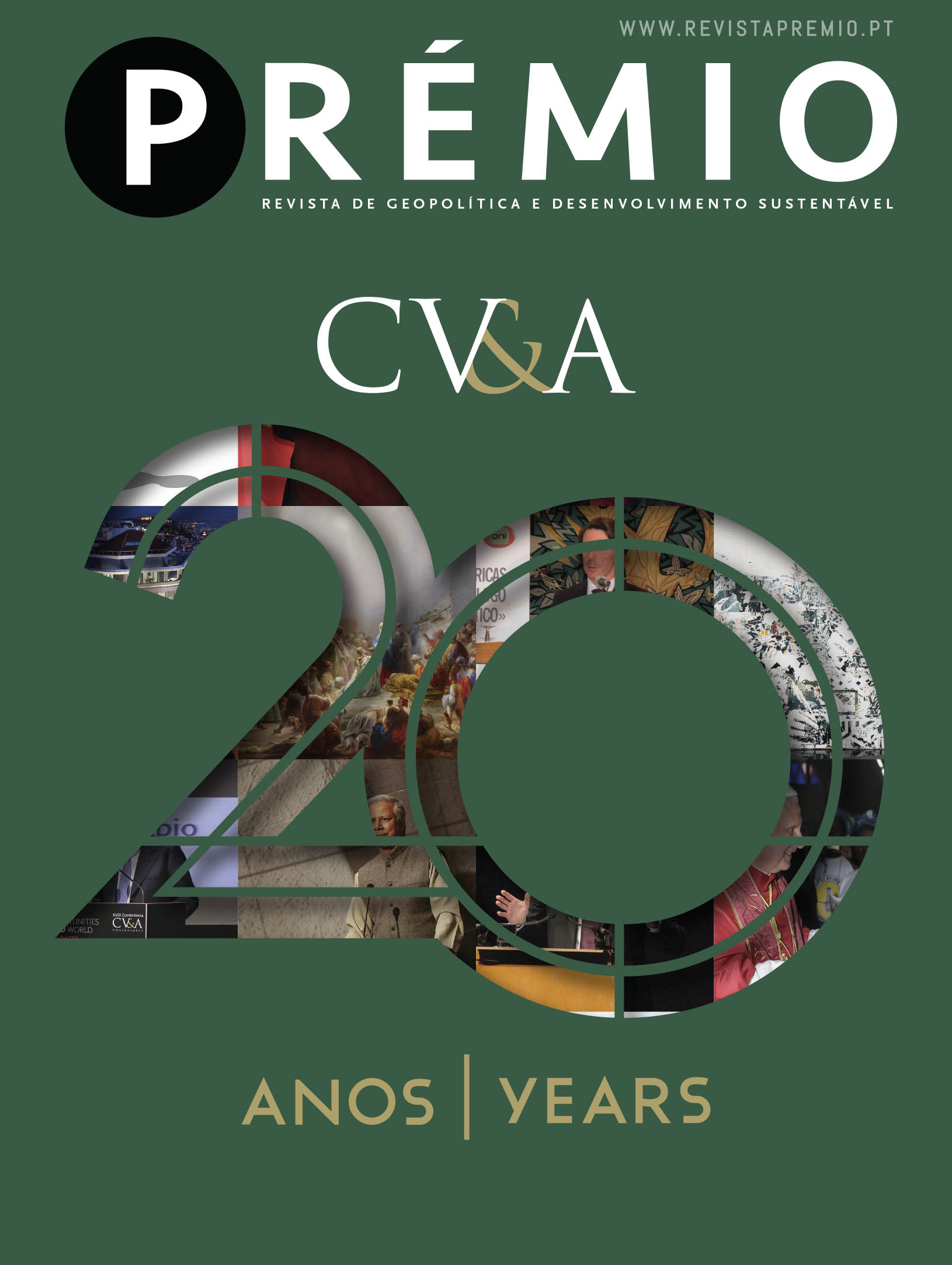Luis Avellaneda Ulloa, Managing Director of Realidades. Comunicaciones – PR
In 2019, the Peruvian economy witnessed a 2% growth. This statistic proved relevant as it placed the country as the second economy that would expand most in Latin America, according to the IMF. But due to the pandemic, these figures will decline by 20% after an uninterrupted economic growth for 20 consecutive years. We face a history of progress, with twists and turns at regional level which has been laying bare the shortcomings of both the bureaucratic apparatus and essential services for the population. This is a time of shocks, development and maturity of different productive sectors and of evolution of the country’s corporate sector. This incipient development didn’t promote sustained and solid communication proposals, despite the fact that the 1990’s witnessed a boom in world trade marked by a growing diversification of services and the emergence of digital as a major tool, which, despite some challenges, would change the paradigms as regards new ways of communicating, within the context of the so-called global village.
The picture is entirely different now. Peru is not alien to world trends that point to a greater preference for better information quality. The media, which brought about other economic and social challenges in the 1990’s, articulate and develop new variables that are now reshaping their work: free access and availability of content in current times whereby if information is not accessible it does not exist; the search for digital information formats by user profiles, which challenges the life of traditional and printed formats; among others.
The myriad of communication channels marks the need to find new ways to inform and shape public opinion. These are the changes communication in Peru has to undergo in order to evolve. Nowadays, companies demand comprehensive services to meet the information needs of their different audiences. This brings about competitive advantages and opportunities for large communication companies who can fare better than those offering only one tool or companies not offering a wide range of services.
Where are media relations companies heading to?
Business life in our country has been plagued by the corruption of certain power groups and currently by a pandemic that is hitting hard the country’s bureaucratic structures. Many authors point out that personal and institutional corruption is a heavy chain that has dragged in our country since its independence almost 200 years ago; and which is a popular phenomenon in Latin America. This context requires a better level of communication that raises the levels of transparency of business, regardless of the sector or size. Communication demands greater proximity in order to generate credibility so that bonds of trust may be forged. This has led to a new professionalization of communication; and that’s the path we are currently following.
We may define three characteristics of PR companies in the country: 1) generalist lacking specialization in information processing, engaged in traditional, inflexible practices and therefore not risking niche work; (2) those focused on advocacy rather than on the reputation-building process, with a short-term perspective and oriented to effectiveness for effectiveness sake and (3) those experiencing the need for more and better talent in order to achieve a professional development that articulates with raising knowledge and, as regards communication, adds value in the different areas of corporate management.
It is worth mentioning that we are already experiencing a transition from traditional PR to transformational PR; that coexists with a voracious technology and requires a stable framework; that seeks to manage changing environments and levels of uncertainty to maintain high levels of information, in light of current and future behaviours and events. This calls for a better qualitative work that gives meaning to the analytical metrics provided by Information Technologies and social media.
The challenge of centrist development
Lima concentrates and manages almost 60% of the country’s economy. Peruvian centrist management may represent a difference within the spectrum of Latin America, since this is a unique case and which is worth analysing, a pending issue requiring greater attention and greater dynamism for the development of the economies of companies inside the country. This will lead to the development of a better communication of its offer as regards regional products and services, that expose its value proposal, deploy more efficient PR strategies, and allow for the balanced and ongoing decentralization processes in the country, and in communication and PR companies. The most relevant sector in our economy is mining whose operations are concentrated in the inner areas of the country. Peru is a very young country with 45% of the population between the ages of 13 and 39. This scenario shows real opportunities that may contribute to the maturity of the communications sector.
The concentration of the media in few business groups, which has occurred in Peru, configures a map of opportunities and limitations. The El Comercio Group holds almost 80% of the total written press in the country, with holdings in the main open television channels and in the main cable news channel. The three media companies that together dominate 84 percent of the Peruvian market are: Grupo El Comercio, ATV and Latina. The first has more than 60 percent of estimated income from the media market according to the Ojo Público Observatory. This situation that can be witnessed in different countries in Latin America too. The challenge of objectivity, transparency and the impact on public opinion are practices that require greater focus, despite journalistic professional independence.
The role of DIRCOM, Media Relations and the value of reputation are professional dimensions in PR and where small changes are being generated, both in the service offer of media companies and in the mindset of Peruvian organizations. However, the ethical and corruption problems still witnessed in our country are forcing us to engage in a long journey as regards court cases and sentences in addition to an endless number of revelations and findings that are yet to come.
Efficient results for media companies should be based on the following plans: a) a comprehensive offer based on market demand and communication needs; b) generation of content as an authentic mechanism to innovate in information that gives value to public opinion; and c) full transparency in their ethical behaviour both as regards their structure and actions.
Finally, the economic situation of the country – apart from the political and health problems – has been generating greater dynamism and therefore greater speed in the process of change in the current transition stage. The path of maturity is inevitable. PR companies did not reach US $ 70 million in turnover in 2019, according to various sources; and the first fifteen media relation companies must reach 50% of this amount in a market where the number of formal companies is below fifty. The difference is striking when compared with countries like Chile, Mexico, Colombia or Brazil. Clearly, we still have a long way to go and a lot to build. The conditions, today more than ever, are in place and must continue to be duly managed.







